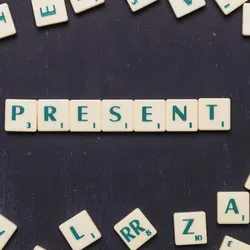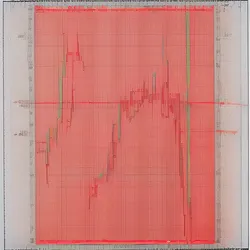
Level 1:
The present perfect tense is a way to talk about things that happened before now, but still have an effect today. We make it by using “have” or “has” and the past participle of the verb. We use the present perfect tense to talk about things that started in the past and are still happening now. It’s also used to talk about things that happened in the past but we don’t say when. We use words like “already”, “yet”, “just”, “ever” and “never” to help us use the present perfect tense. By learning how to use it, we can talk about past experiences and things that are still happening now.
Level 2:
The present perfect tense is commonly used in English to describe actions or events that happened at an unspecified time in the past, but still have an impact in the present. To form the present perfect tense, we use “have” or “has” with the past participle of the verb. This tense is used to describe actions that started in the past and continue in the present, as well as actions that happened recently. We also use words like “already,” “yet,” “just,” “ever,” and “never” to indicate the time of the action. By learning how to use the present perfect tense, you can express past experiences and events that are still relevant today.
Full Story:
The present perfect tense is one of the most commonly used tenses in the English language. It is used to describe actions or events that occurred at an indefinite time in the past, but the result or impact of that action is still relevant in the present. In this article, we will analyze the present perfect tense and provide easy-to-understand examples.
Forming the Present Perfect Tense
The present perfect tense is formed by using the auxiliary verb “have” or “has” followed by the past participle of the main verb. For regular verbs, the past participle is formed by adding -ed to the base form of the verb. For irregular verbs, the past participle can be a different form altogether.
Here are the basic structures for the present perfect tense:
Subject + have/has + past participle I have studied. She has eaten. They have worked.
When to Use the Present Perfect Tense
The present perfect tense is used in various situations:
To describe an action or event that started in the past and is still continuing in the present.Example: I have lived in this city for five years.
To describe an action or event that occurred at an **unspecified time** in the past.Example: She has traveled to Europe several times.
To describe an action or event that occurred in the past and has a result or effect in the present.Example: He has lost his wallet and can’t find his ID.
To describe an action or event that occurred recently.Example: They have just finished their project.
To describe an action or event that occurred in the past, but the specific time is not important or relevant.Example: I have seen that movie before.
Common Time Expressions Used with the Present Perfect Tense
The present perfect tense is often used with time expressions that indicate when the action or event occurred. Here are some common time expressions used with the present perfect tense:
Already: She has already finished her homework.
Yet: Have you finished your lunch yet?
Just: He has just arrived at the office.
Ever: Have you ever been to Europe?
Never: I have never ridden a horse before.
For: She has worked here for five years.
Since: I have known her since high school.Examples:
I have been studying English for three years.
He has worked at the company since 2010.
She has never traveled to Asia before.
Have you ever eaten sushi?
They have just finished their lunch.In conclusion, the present perfect tense is an essential tense in the English language. It is used to describe actions or events that occurred in the past but are still relevant in the present. By understanding how to use the present perfect tense correctly, you can effectively communicate your thoughts and ideas in English.
Questions:
What is the present perfect tense?
When is the present perfect tense used?
How is the present perfect tense formed?
Do you think the present perfect tense is difficult to understand?
In your opinion, what is the most important use of the present perfect tense?
Vocabulary:
present perfect tense - A verb tense used to describe an action or event that started in the past and has relevance in the present.
Auxiliary verb - A verb used in forming the tenses, moods, and voices of other verbs.
past participle - A form of a verb, typically ending in -ed in English, used in forming the perfect, passive, and progressive tenses.
regular verbs - Verbs that follow a standard conjugation pattern in their past and past participle forms.
irregular verbs - Verbs that do not follow the standard conjugation pattern and have different past and past participle forms.
unspecified time - Time that is not clearly or specifically stated.
time expression - A phrase that indicates when an action or event occurred or will occur.
Image by Freepik




